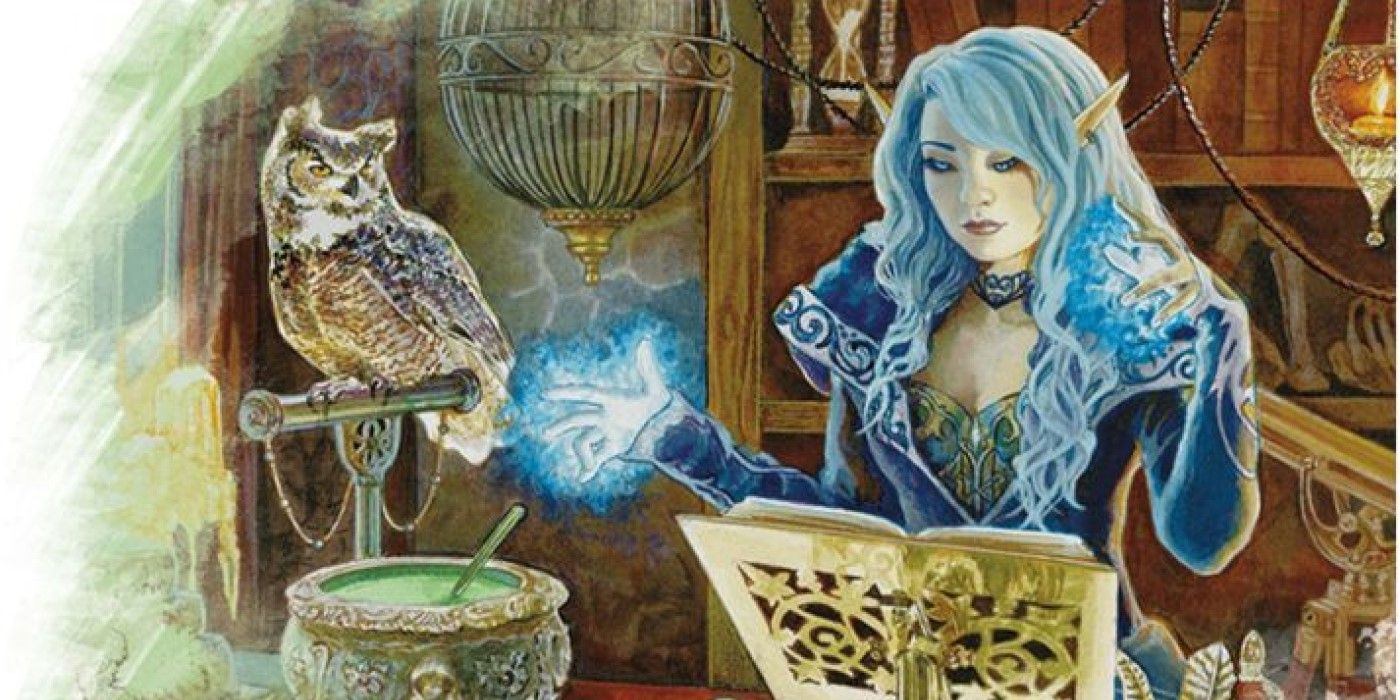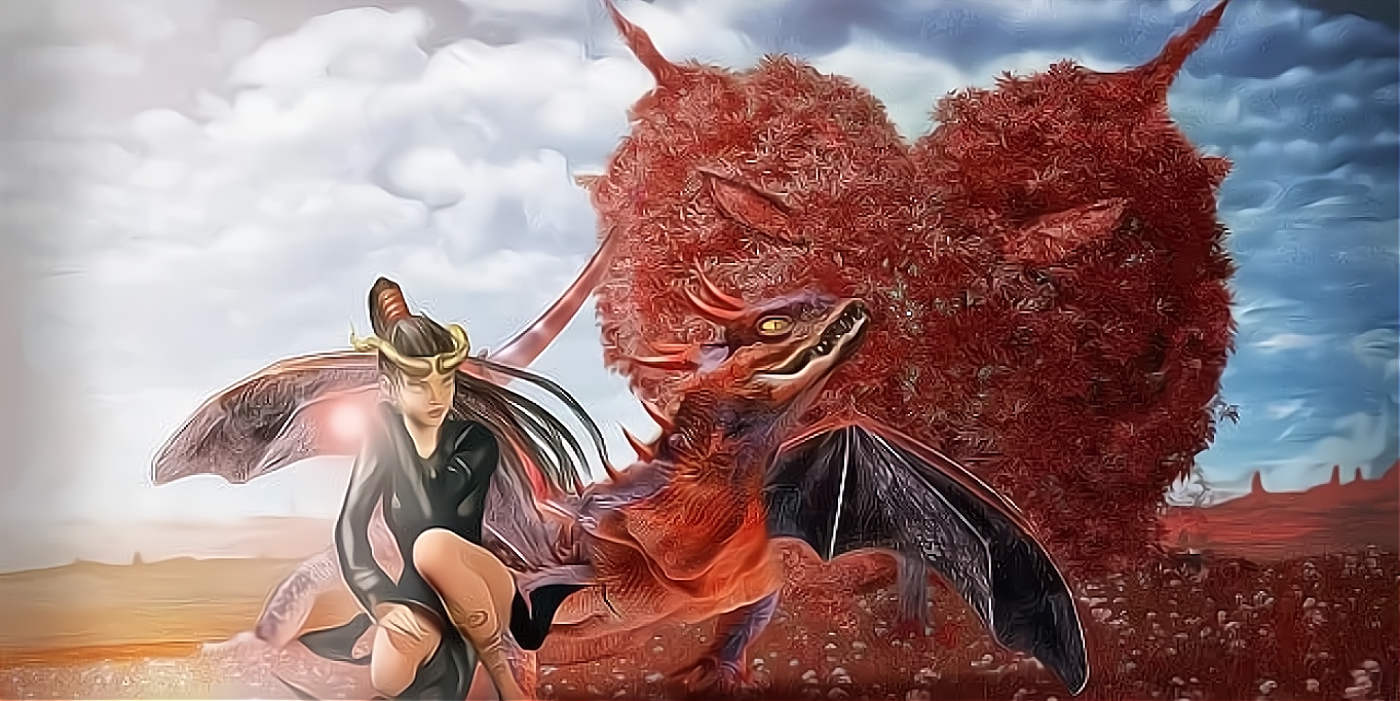Few Dungeons & Dragons classes are as popular and notorious as the Warlock. In Fifth Edition they have a penchant for bridging the gap between squishy spell casters like Wizards and melee heavy-hitters like Barbarians. From outstanding cantrips like Eldritch Blast, to unique opportunities for character building and role-playing, nowhere is this reflected better in the Pact of the Chain boon, which Warlocks can select at level three. By this time, the Patron is pleased with the pact they've struck with the player character, and as a reward, they are given an opportunity to choose from three boons: Pact of the Chain, Pact of the Blade and Pact of the Tome.
While they all have their merits, the chosen boon is subjective to the kind of warlock character being played. Pact of the Chain warlocks gain a small magical companion via the Find Familiar spell. While other casters can't typically use their familiars for combat, the Pact of the Chain Warlock has access to four special kinds of familiar that may fight alongside them on the battlefield. While they definitely all have their uses, it's important to look at their abilities, stats and features to determine how they stack up from worst to best and begin making an informed decision from there. If the player character's Patron is one of the Archfey, then it makes perfect sense for their familiar to be a sprite or even a pseudogragon, while those with a Fiendish Patron will find quasits and imps a bit more aesthetically pleasing, but the real merit will be in how well they perform when facing combat situations beside their new master.
4 DnD's Sprite Familiar Has Strength Limitations
|
Armor Class |
15 |
|
Hit Points |
2 |
|
Speed |
10 ft walking, 40ft flying |
|
Ability Scores |
STR: 3, DEX: 18, CON: 10, INT: 14, WIS: 13, CHA: 11 |
|
Features |
Heartsight, Invisibility |
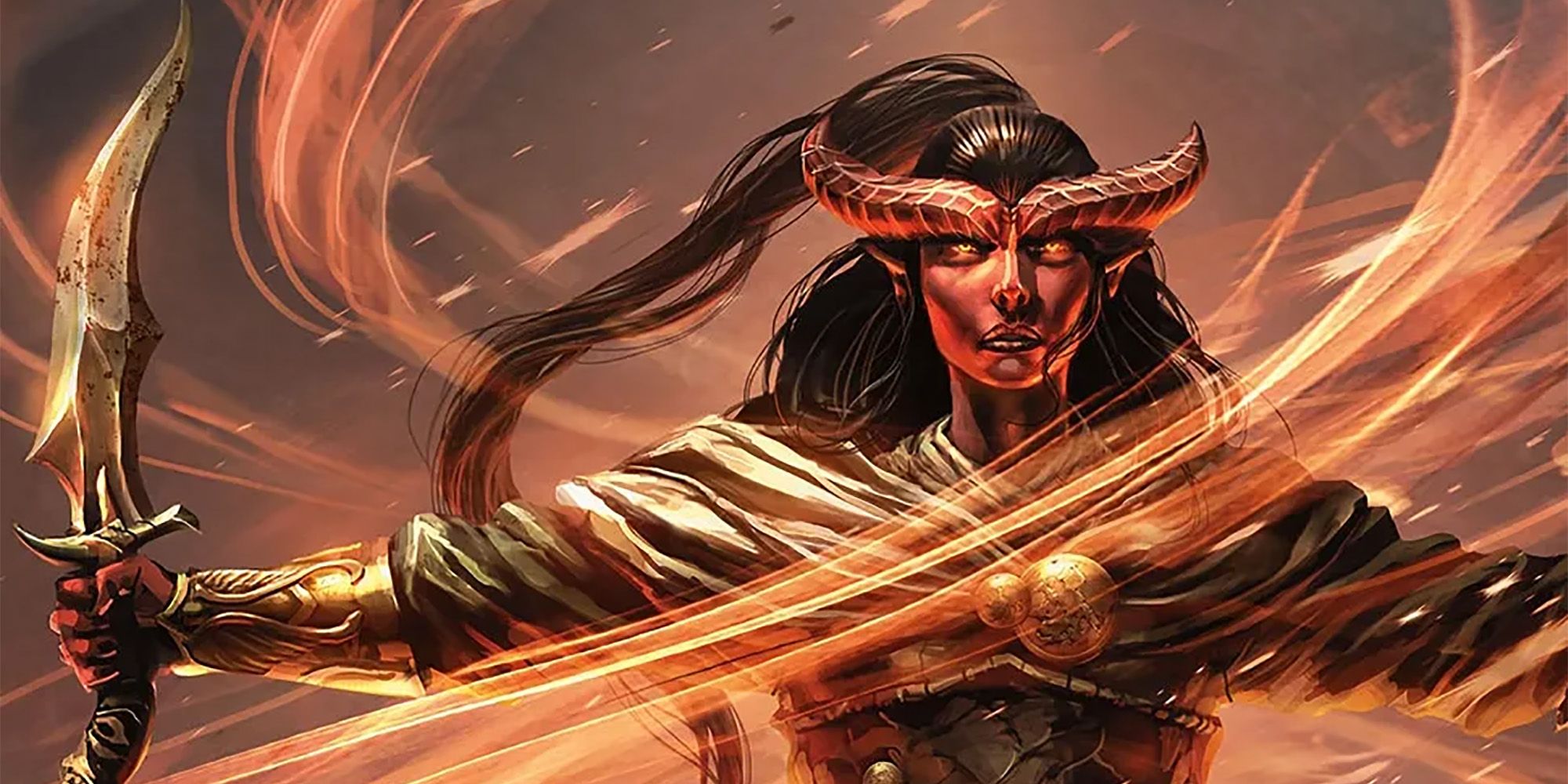
Dungeons & Dragons: Every Warlock Patron, Ranked
D&D's Warlocks advance their knowledge of the arcane through pacts with Otherworldly Patrons, who grants them powers both remarkable and terrifying.At first, the Sprite may seem like a good choice. Compared to the other familiars, it has a higher armor class and proficiency with both the longsword and shortbow. However, the Sprite's low strength score limits what it can do in regards to mundane tasks. Being a tiny creature with a Strength of 3, its carry limit is a measly 24 pounds. While many DMs don't pay much attention to this, those who do will be quick to point out that the Sprite won't be much help with even the most basic tasks, like building a campfire.
Sprites have a higher passive perception than most of the other Pact of the Chain expanded options, but they also lack any special senses, including darkvision, so it kind of cancels out. Plus, with only 2 HP to their name, scouting is incredibly dangerous for Sprites. As for their attacks, they only deal one point of damage with their Shortsword or Shortbow, and the DC of their Shortbow's poison is so low that it's unlikely to come into play. Finally, though the Sprite Heart Sight ability may seem useful, its low DC doesn't make it worth taking on this overall weak familiar, especially in a heavy combat campaign setting, and for that reason alone, the sprite lands at the bottom of the list.
3 DnD 5e's Pseudodragon's Damage Is Too Minimal
|
Armor Class |
13 |
|
Hit Points |
7 |
|
Speed |
15 ft walking, 60ft flying |
|
Ability Scores |
STR: 6, DEX: 15, CON: 13, INT: 10, WIS: 12, CHA: 10 |
|
Features |
Keen Senses, Magic Resistance, Limited Telepathy |
The Pseudodragon boasts many attributes that easily top the Sprite. They have more HP, faster movement speed and better overall senses. In addition to a passive perception of 13, they possess 10 feet of blindsight, meaning that even in magical darkness, they can see for a limited distance. They also have darkvision, which allows them to see in mundane darkness up to 60 feet. Keen Senses further enhance the Pseudodragon's abilities when making perception checks, which can be the difference between getting a jump on an enemy or being ambushed.
Pseudodragons also possess Magic Resistance, giving them advantage on any saving throws against spells or magical effects. While they are unable to speak normally, they do possess telepathy, allowing them to serve as something of a limited translator for the party with anything that has a language. Unfortunately, the Pseudodragon's attacks don't do enough damage to be worth an action. They can only do 1d4+2 damage, and just like the Sprite, their DC is too low for their poison to consistently take effect. Beyond that, the Pseudodragon's biggest drawback is that it cannot turn invisible like other familiars. This means the creature is easier to target and not as skilled at sneaking in and out of places.
2 The Quasit Has Some of DnD's Best Damage Resistances
|
Armor Class |
13 |
|
Hit Points |
7 |
|
Speed |
40ft |
|
Ability Scores |
STR: 5, DEX: 17, CON: 10, INT: 7, WIS: 10, CHA: 11 |
|
Features |
Shapechangers, Magic Resistance, Scare, Invisibility |
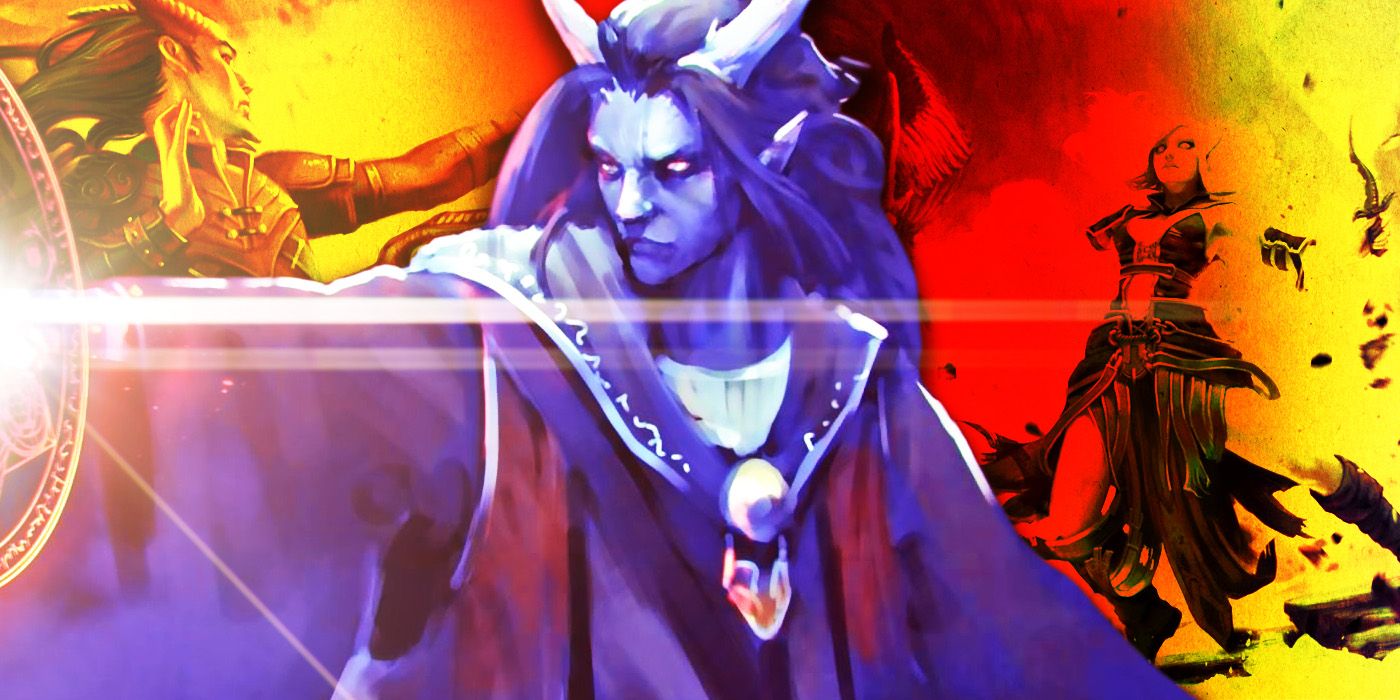
Dungeons & Dragons: How To Build The Perfect Warlock
D&D offers a variety of spellcasters to play, but the Warlock can quickly become one of the easiest and most powerful if the build is just right.Quasits are small fiends that resemble a gremlin mixed with a cockroach, and they take a massive step in the right direction in their roles as familiars. The Quasit matches the Pseudodragons in AC and HP, and while its passive perception is lower, it more than makes up for it with 120 feet of darkvision and the ability to turn invisible, which makes them a much stealthier ally.
What's more, the Quasit possesses a slew of resistances to common damage types, including non-magical weapon attacks, cold, fire, lightning, bludgeoning, piercing and slashing. Plus, its Shapeshifting ability can give it a flying, climbing or swimming speed to fit almost any situation, and Magic Resistance gives it an extra edge against spellcasters. Quasit are also immune to poison damage and the poisoned condition, which makes them a powerful ally to have on the player's side when treking through regions known for poisonous air and creatures looking to take the party out.
The Quasit's attacks are slightly better in that their poison does additional damage to an enemy even on a failed save. Their save DC is still low, so it won't hit consistently, but adding an extra 2d4 poison damage and inflicting the poisoned condition can really help the party. The biggest downside to the Quasit is that, while their Fright power can be useful, it can only be cast once a day. Combined with a laughably low DC, this ability is unlikely to make much of a difference.
1 DnD's Imp Is the Pact of the Chain's Best Familiar Choice
|
Armor Class |
13 |
|
Hit Points |
10 |
|
Speed |
20 ft walking, 40ft flying |
|
Ability Scores |
STR: 6, DEX: 17, CON: 13, INT: 11, WIS: 12, CHA: 14 |
|
Features |
Shapechanger, Devil's Sight, Magic Resistance, Invisibility |
Pretty much everything the Quasit does well is surpassed by the Imp. While it matches the Quasit and Psuedodragon's AC, it surpasses their HP. It has most of the same resistances, adding immunity to both Fire and Poison damage types, as well as immunity from the poisoned condition. With 120 feet of darkvision and the Devil's Sight ability, they are able to see through darkness both mundane and magical, something even few players can boast. While they do sacrifice the Quasit's swim speed through shapeshifting, they are still able to gain a high fly speed and a climb speed in their animal forms.
Where Imps truly shine, however, is in their attack. When an Imp lands a hit, it does base damage of 1d4+3 piercing damage, plus up to 3d6 additional poison damage. To put this into perspective, a greatsword deals 2d6 slashing damage. Though the poison damage does require a Constitution saving throw that isn't too hard for an enemy to make, even a failed save results in half damage. With spells that force disadvantage or subtractions to die rolls, like Guiding Bolt and Bane, there is a higher failure rate. Combined with their Invisibility, Imps make for lethal allies on the battlefield in ways that the other Pact of the Chain Warlock familiar options simply cannot match, landing them in the number one position in the rankings.
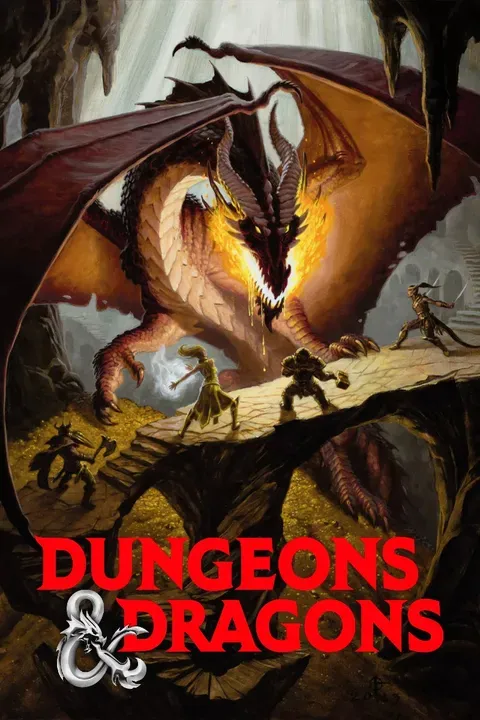
Dungeons and Dragons
A fantasy roleplaying tabletop game designed for adventure-seekers, the original incarnation of Dungeons & Dragons was created by Gary Gygax in 1974.
- Franchise
- Dungeons & Dragons
- Original Release Date
- January 26, 1974
- Publisher
- Wizards of the Coast , TSR Inc.
- Designer
- E. Gary Gygax , Dave Arneson
- Player Count
- 4-8 Players Recommended
- Age Recommendation
- 12+
- Length per Game
- 3 hours +
- Expansions
- Dungeons & Dragons 2nd Edition , Dungeons & Dragons 3rd Edition , Dungeons & Dragons 4th Edition , Dungeons & Dragons 5th Edition

